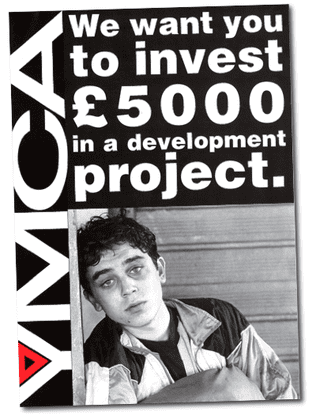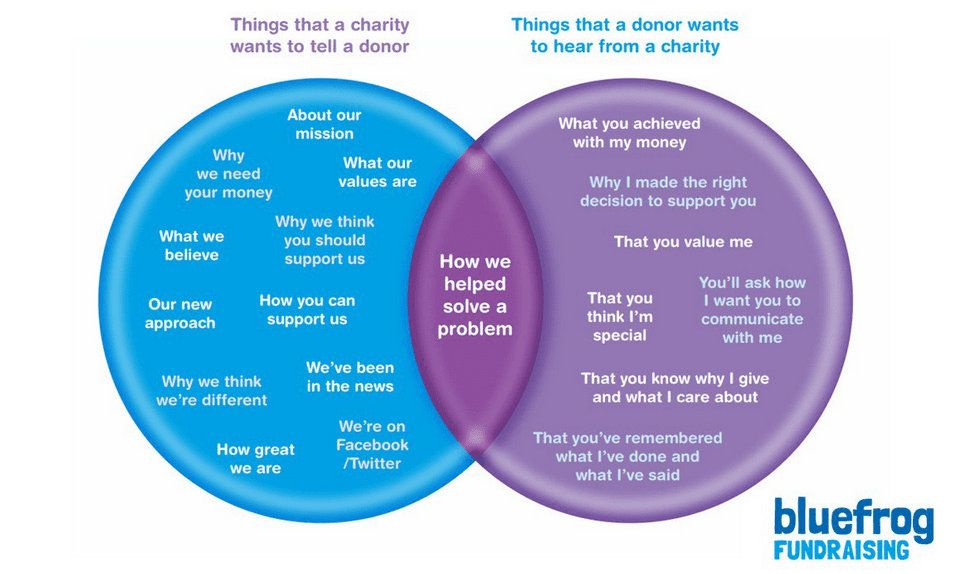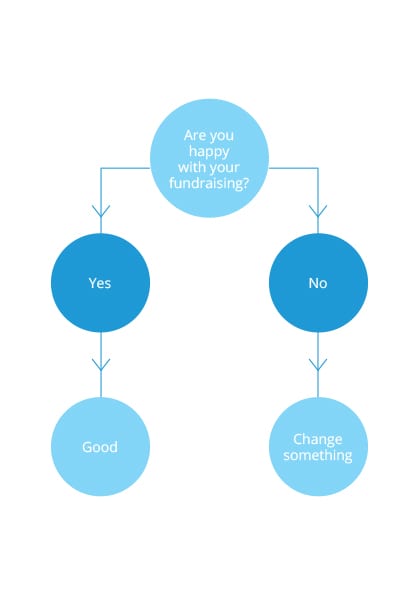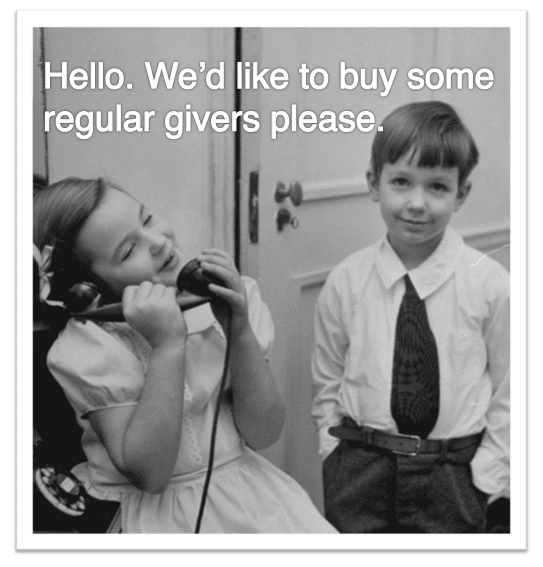When should you use suggested donation levels?
A short while ago, Google shared details of a test they undertook on "one of the disaster relief donation drives on Google.com".
The goal was to discover the ideal suggested donation level at times of an emergency – $20, $50, $100 or no prompt at all.
Full details are available here. But in short, they discovered that not using a prompt generated the highest number of donations and the highest level of income.
Does that mean you should start removing suggested donation levels from your appeals?
No.
Suggestion levels can have a powerful positive impact on both response rates and average gift. They simply need to be used intelligently.
People often have preconceived comfort levels for deciding what to give and prompting is the main way you can get people to re-consider them.
They are particularly important – absolutely essential in fact – for recruiting and upgrading mid-value donors (those that give from £100 up to £5,000).
How much do you want? is one of the key questions that donors ask (have a read of The 11 Questions Every Donor Asks if you are interested in finding out what goes on in a donor's mind when they are considering a gift). If you don't answer it, they will often give you far less than you are looking for.
By prompting (and justifying) very high suggested gifts to people who can afford them, you can generate very high levels of income and very high ROIs – even at recruitment. This pack that I developed when I worked at theYMCA, back in the early 1990's generated ROIs of up to 13:1 on cold – but very carefully targeted – lists!
At Bluefrog, we find that the majority of mid-level packs generate gifts that are at or very close to prompt levels.
Low value files (where people are giving cash gifts of between £5 and £25) are different. Even if a pack has a specific price justification, donors very often ignore it, giving their usual amount instead.
This is further complicated with emergency appeals. People will often give much higher gifts at times of obvious and extreme need, when past giving behaviour can be ignored.
Prompting can uplift low value donors. It might only be by £1 or £2, but it does work. What is most important is to test and to keep an eye on how donors respond because it doesn't necessarily work for every donor nor every charity.
At the end of the day, it is how your donors respond that is important and if, when you look at your data, you find that some of them see suggested donation levels as a turn off, the answer is simple. Don't use them.
For the rest of the file however, they are a very important tool that should be regularly used to increase donor engagement and levels of income.
Tags In
The Essentials

Crack the Code to Regular Giving: Insights, Strategies, and a Special Giveaway!

‘Tis Halloween. Keep to the light and beware the Four Fundraisers of the Apocalypse!

Why do people give? The Donor Participation Project with Louis Diez.

A guide to fundraising on the back of a postcard

What does the latest research tell us about the state of fundraising?









